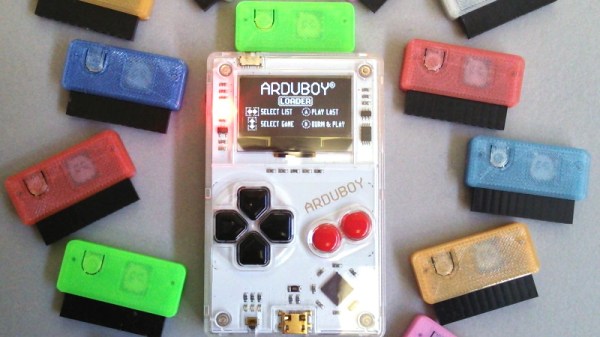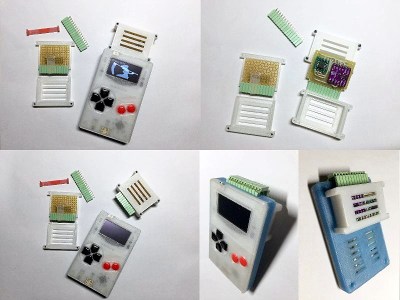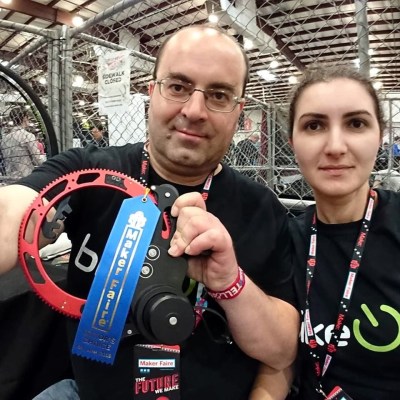Researchers have demonstrated a new vulnerability in NFC, a feature built-in to many smartphones sold today. The vulnerability allows the attacker to to generate ‘ghost taps’ against a device, effectively allowing an attacker to tap your phone without you looking.
The 18-page paper released by a team of three researchers based out of Waseda University in Japan consists of two techniques: an attack against NFC-enabled smartphones and an attack against capacitive touchscreens. It should be noted that nearly all phones have NFC, and nearly every phone released in the last decade has a capacitive touchscreen. Vunlnerable devices include, but are not limited to the Xperia Z4, the Galaxy S6 Edge, the Galaxy S4, Aquos Zeta SH-04F, Nexus 9, and Nexus 7.
The experimental setup consists of a signal generator, high-speed bipolar amplifier, a small transformer (taken from a toy plasma ball), a copper sheet, oscilloscope with high-voltage probe, and an NFC card emulator. No other special equipment is required. When the victim places their smartphone on a table top, the phone is fingerprinted, giving the attacker the make and model of phone. A dialog box then pops up and the phone connects to a network.
This attack can be replicated by anyone, and the tools required are simple and readily available. The mitigation is to disable NFC on your phone.
Continue reading “Tap ‘N Ghost: A Novel Attack Against Smartphone Touchscreens”




















